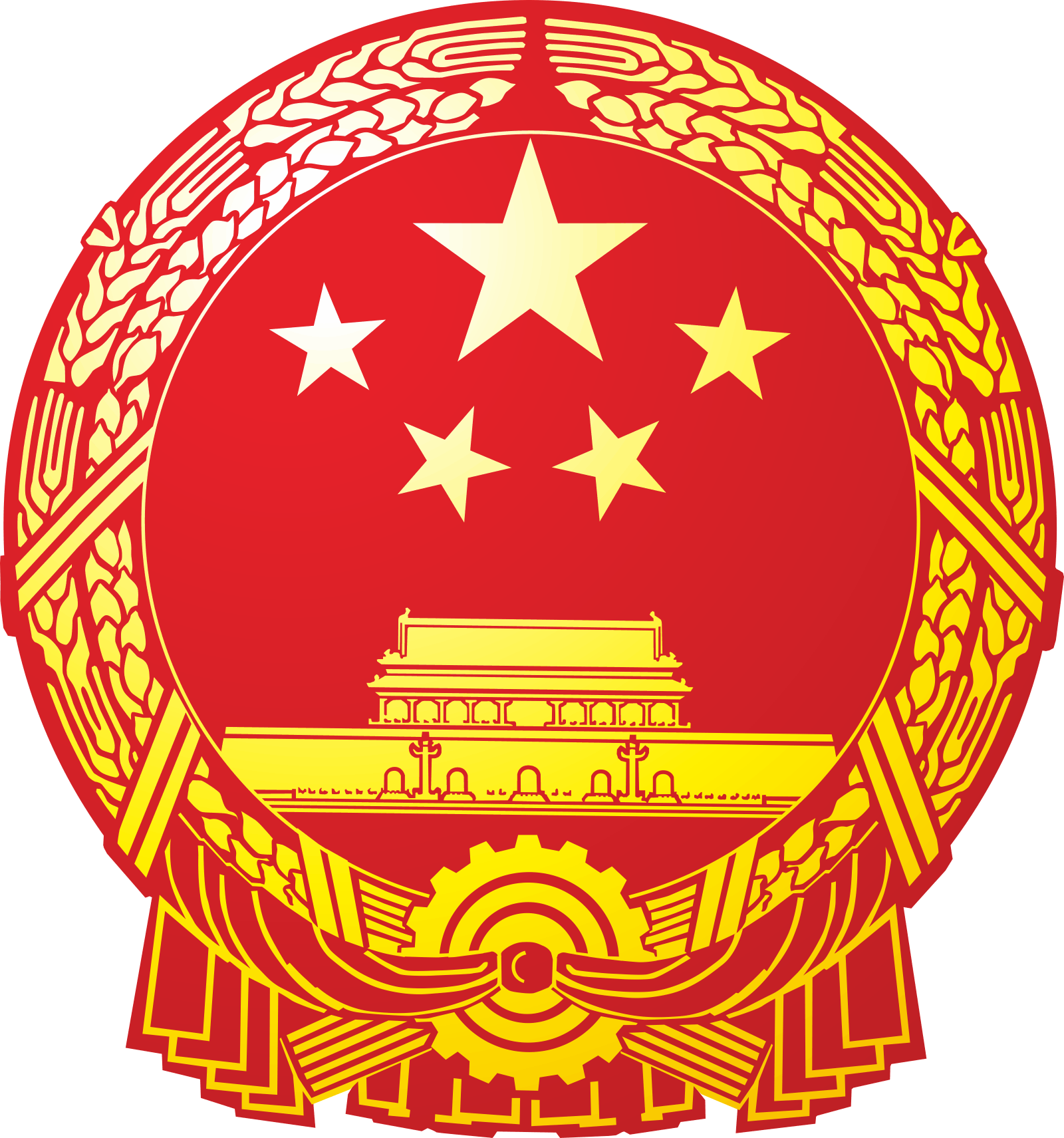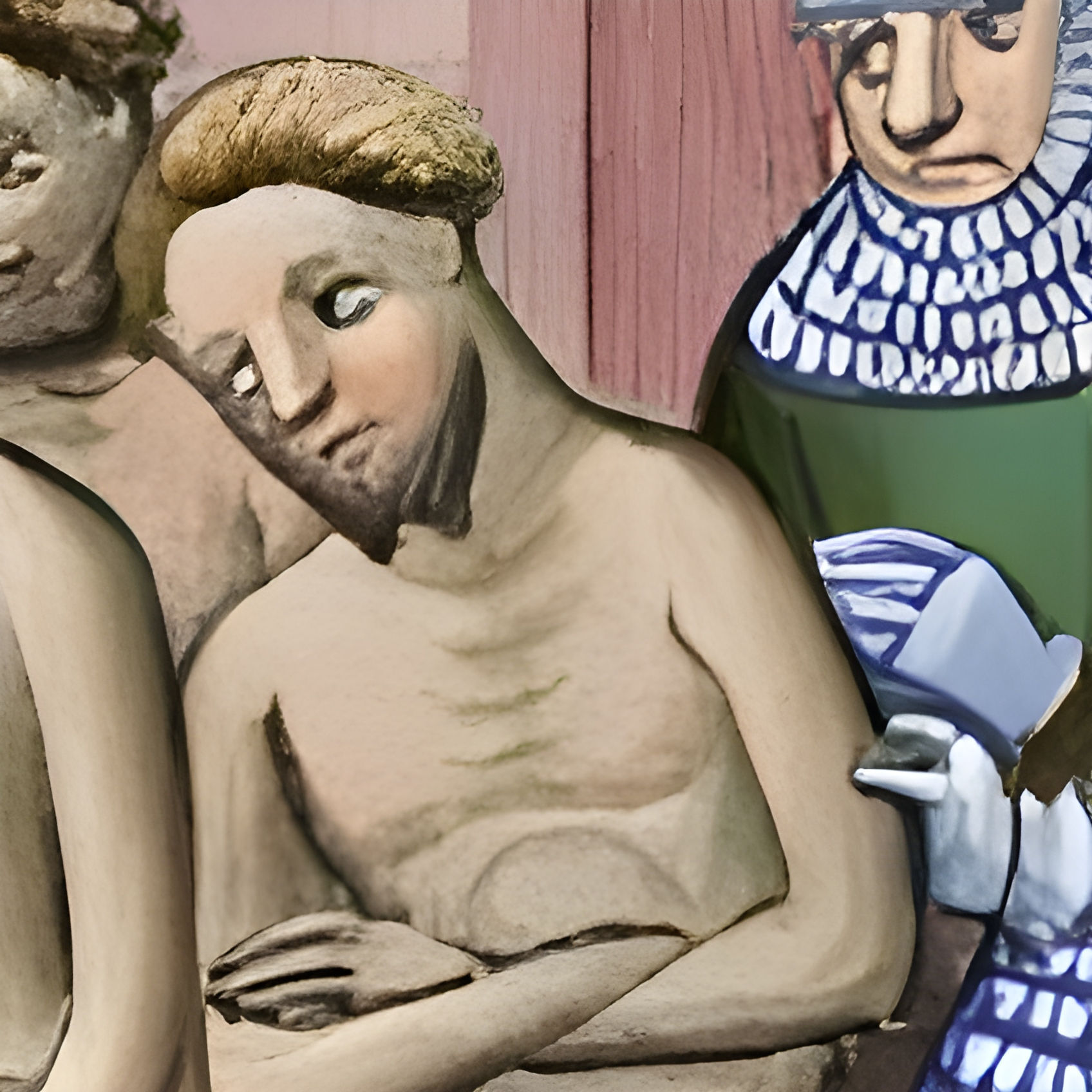What we saw in Xinjiang were vibrant cities — Kashgar and Urumqi — full of tens of thousands of tourists and a local population of many nationalities. Huge and colorful marketplaces and bazaars, almost all run by Uygur families, stretched for blocks. Busy subway lines crossed the cities. Everywhere we saw food markets brimming with inexpensive produce. Restaurants, numerous cafes and street food stalls were packed with local people. In the evenings, the streets were lively and full.
Numerous international studies, ignored in the Western media, back up our observations.
The illiteracy rate in Xinjiang has fallen to 2.66%, lower than China’s impressive 2.85% national average. Before the 1949 Chinese Revolution, illiteracy was 80% throughout China and more than 90% in Tibet and Xinjiang. Today, 97.51% of small children are in preschool programs. Some 98.82% of the youth are enrolled in senior high schools in Xinjiang. (tinyurl.com/bdfyxn29)
Over the past 60 years, the Uygur population has increased from 2.2 million to about 12 million, and average life expectancy has grown from 30 to 75 years.
Drives through the countryside revealed fully mechanized agriculture with tractors, planters, drone sprayers, irrigation canals and acres of plastic-topped greenhouses. We saw no fields with workers doing hand labor — hoeing, picking or trimming. This is confirmed in numerous reports and many photos. The mechanization of cotton production is at 90%. (tinyurl.com/37s3e7e9)
In Kashgar, the 15th-century Idkah Mosque houses up to 20,000 worshipers. It is only one of the many Islamic centers and mosques that we saw while walking the city streets and in several villages. Tall, slender minarets and dome-shaped roofs seemed to be a part of every block.
We met with Uygur people working in food stalls, small groceries and farms. People of many nationalities are construction workers, truck drivers, animal herders, veterinarians, teachers and retirees. Many of them described how government subsidies and training programs had dramatically improved their living conditions and life opportunities.
Anybody have a translated version of the aforementioned the Arab League report? All I can find is loose quotes selected by the typical western suspects coupled with a lot of editorialising. Wikipedia even lists 3 different websites as official for the League, all of which very dysfunctional. If the report sounds a lot like this article, the situation in Xinjiang could not only be not bad, but actually rather desirable. Since the NATO mouthpieces can’t even decide on what parallel universe they’re going for with their narrative (perfect competition of conspiracy theories), the consistency that seems to be coming out of China and Muslim auditors gives a lot of confidence.
Good question. I’d really like to read it myself. Would make for an interesting read either way.
At this point, I can go to Xinjiang right now and be a witness.
It’s completely open to the public.



